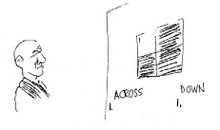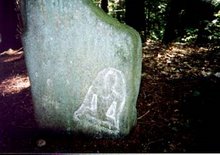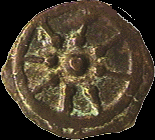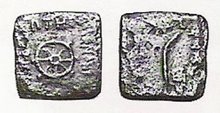Wednesday, November 15, 2017
"Compact and Lightweight"
When I was still in high school, SONY created the PV-100 (Pro Video), a 2" Helical Scan Video Recorder.
Without a digital TBC, it was used only by colleges and universities.
In 1964, a (hetrodyne) color version was introduced. Just 10 years later, that 2" helical technology landed in the first broadcast-quality 2850 3/4" U-Matic (I had 3 at KPIX and a Datatron 5050).
Fast forward almost 10 more years and I am teaching the BVH-2000 (which effectively killed the quads). The BVH-2000 had an internal TBC, SMPTE Time-code Generator/Reader, and frame-accurate edit system (and more).
The audio quality and video quality beat every other machine on the market! There were still frame record versions (BVH-2500) and a version with PCM Audio!
2 or 3 years later, the BVH-3000 with a Dolby SR audio option was released - at a lower price than the 2K. THAT machine almost killed Ampex in the TV industry (which countered with the VPR-80)! Mark taught the 3000. I know very little about it. I moved on to become Digital recording SMA (subject matter authority). We donated around $5,000,000 worth of hardware to Napa Valley Community College (Telecommunications) so they could train QA people for Sony and Engineers for CBS and NBC (Turner, PBS, and so on...)
Dan was THE BetaCam Pro in San Jose (best ever)! Then he bailed and went to Industrial Light & Magic (ILM), Lucasfilm's studio. Was it the money, the fame, or Star Wars?
Dan's first-year (required) student studio project...
"Compact and Lightweight" was the objective at Sony!
The last machine I taught was the first Digital Videotape Recorder. Street price? $140,000!
So, the CHALLENGE! A nano ITX computer in a case smaller than a paperback book!
Assembling the Nano-ITX Computer System:
1) The power switch does not line up with the cutout in the case unless you shim the PCB.
2) The shim can be held on the standoff with a spot of fingernail polish.
3) Attach the PCB to the standoffs with the screws provided and “spot” the screws with fingernail polish to secure them.
4) The WiFi (SMA) cables must go around the Motherboard on the right (when observed from the back of the unit). BTW it has an AMD 64 bit dual-core APU!
5) An Intel WiFi Module and an Intel mSATA SSD work best.
6) Back of case:
7) Front of Case:
8) First Boot-Up (using VGA monitor):
9) Load the OS (LUBUNTU AMD 64) - a free, fast, and furious OS!
10) Finished!
"Compact and Lightweight" (and smaller than a paperback book - yet more than twice as fast as a Celeron 3050 dual core running Win 10).
Subscribe to:
Comments (Atom)






















